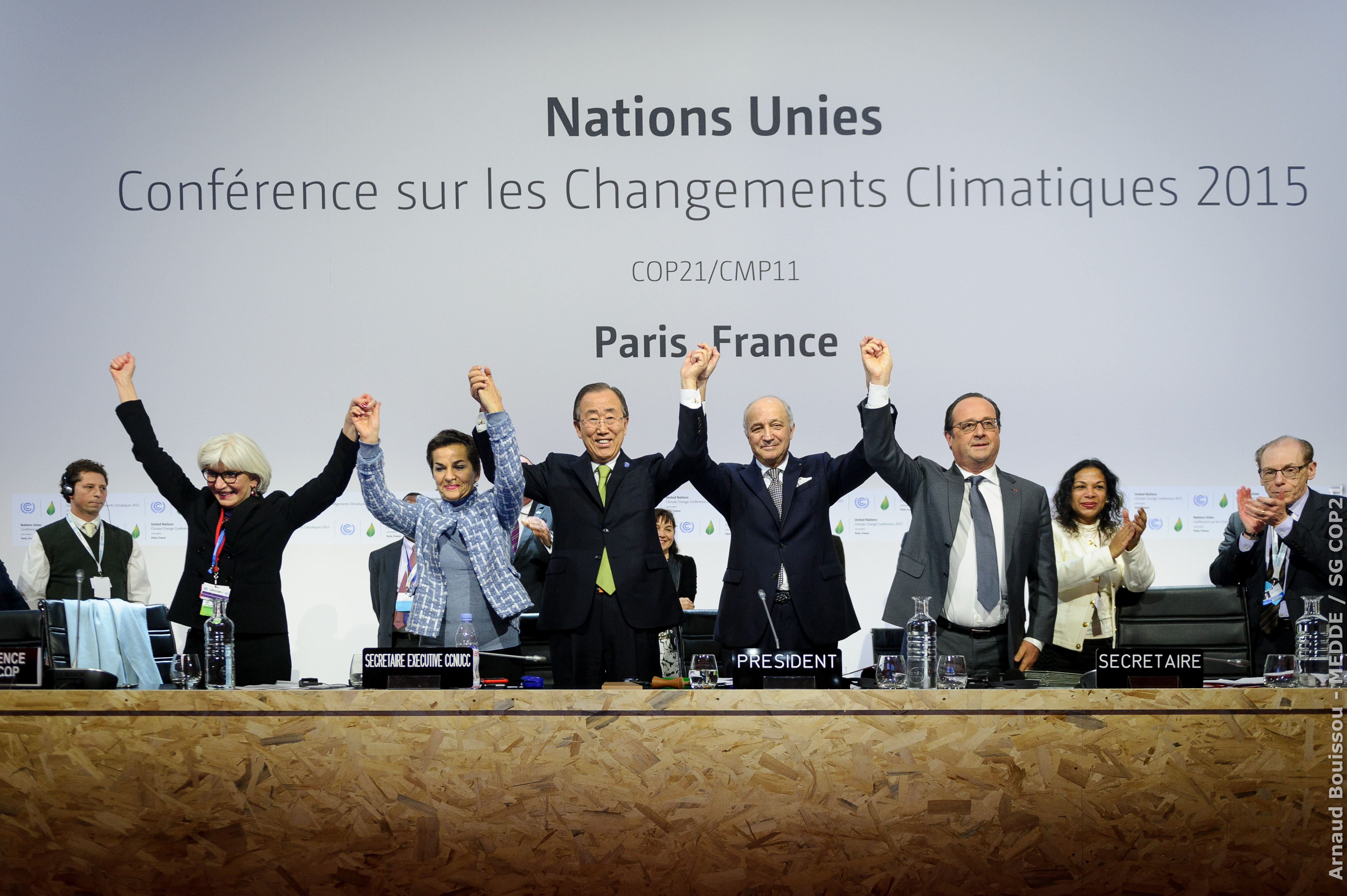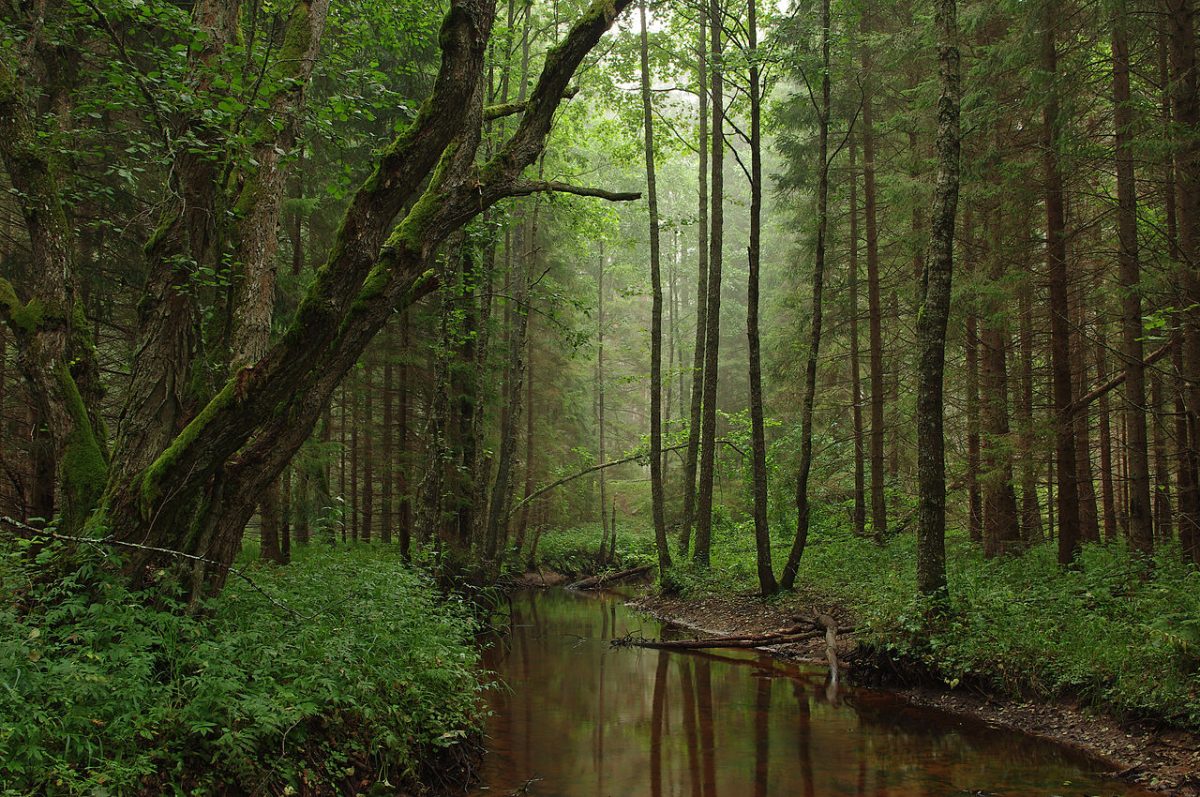Global warming has increased the chances of snow avalanches in the Western Himalayas, study finds

March 22nd, 2018
Global warming has increased the chances of snow avalanches in the Western Himalayas, according to a new study.
Avalanches are a natural phenomenon and are common in mountain areas. However, according to the report, the rise in temperatures is making this phenomenon more frequent, which can have very serious impacts on the socio-economic development and infrastructure of nearby cities.
The research was conducted in a valley located at between 3,000 and 4,000m in the Western Himalayans.
It included the construction of a record of past avalanches in the Western Himalayas by examining tree-ring records. This is because torrents of snow can injure and bruise trees in forms that are visible on tree rings.
Comparing these anomalies among the tree populations has allowed the researchers to locate where and when avalanches occurred.
The measurements obtained were included in a computer model that constructed a record of avalanches in the region during the last 150 years.
“Since we knew the position of each affected tree, we were able to reconstruct the dynamics, lateral extent and runout distance of every avalanche,” explains Juan Antonio Ballesteros-Cánovas, a senior lecturer at UNIGE’s Institute for Environmental Sciences (ISE).

“This technique meant we could go back to 1855 and record 38 avalanches over this period in the valley, the largest survey conducted to date in the Himalayas,” he added.
The results of the study showed an increase in the number and intensity of avalanches from the second half of the 20th century onwards. The frequency has increased from one event every decade, to one every year.
These findings contradict the common belief that warming results in fewer snow avalanches due to less snowfall.
The report also finds that rising air temperature is affecting the cryosphere, the parts of Earth`s surface where water is found in solid form.
Glaciers are receding, while permafrost is melting, the report states. Also, snowpacks are chaging because of warmer air temperatures.
Snow is now falling earlier than it should, and is being destabilised before spring, at a moment where it is thicker, thus causing an increase in the number of avalanches. Because the snow is wet, avalanches are descending at a slower pace, but over greater distances than decades before.
[x_author title=”About the Author”]







